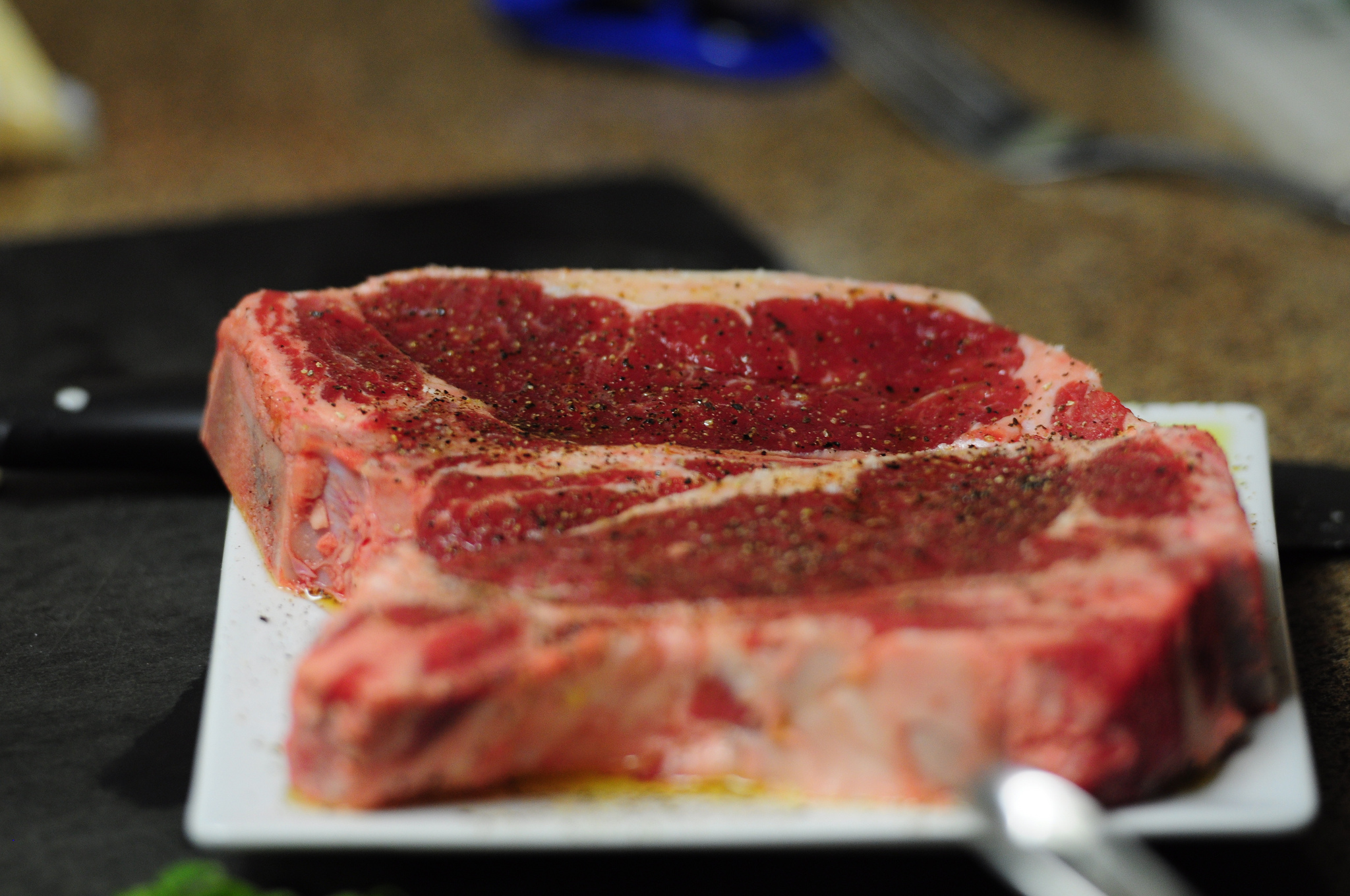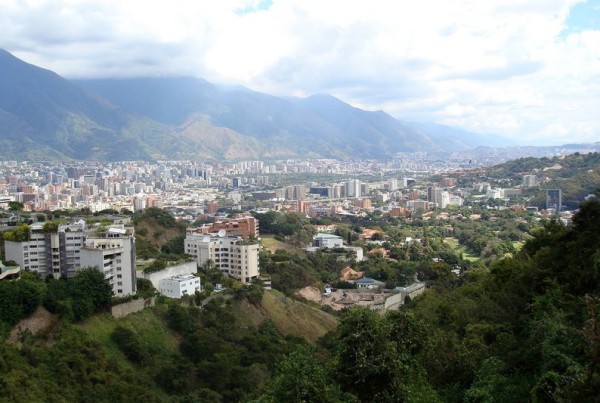Imagine you’re at the grocery store and you’re picking out a cut of beef. You look over the expiration date, the price and nutritional information. And then you spot a green sticker: This flank steak took over 800 gallons of water to produce. That sticker? That’s what Chuck West wants. He researches water conservation at Texas Tech University.
“Consumers should be more aware of the water footprint of the things that they consume, be it clothes, food or whatever, but a problem that consumers have is that they don’t have the numbers,” West says. “We don’t have that number stamped on the label of a beef product, for example, so it’s very hard for consumers to make those decision.”
West envisions a near future where water conservation becomes integrated with lifestyle, like the next Paleo or Raw Food diet, but one that focuses on conserving water.
“I think a low water footprint diet would be a very interesting thing to develop,” he says. “I think that would help the consumer make purchasing choices that are based on that, if the information can actually be printed on that label.”
But whoever writes that diet book is going to have a hard time doing it. The amount of water that goes into producing food varies depending on how and where it’s made. And it’s not just about being vegetarian or vegan. For instance, it takes almost a thousand liters of water to produce just one liter of wine, and it takes over three thousand liters of water to produce one kilogram of rice.
Staci Davis thinks about this a lot. She’s the owner and chef of Radical Eats, a Mexican restaurant in Houston that caters specifically to vegans and local-vores.
“We take sustainability from all levels, to kind of gas consumption to kind of soil erosions, we take it all into account, all of it, as much as we can,” Davis says. “We’re not perfect, but we try.”
But until that perfect diet book is written, what do you do if you’re a red blooded Texan with a passion for protein, but want to stand in solidarity with your yellowing lawn? Davis says here’s what you should have for dinner tonight.
“I would recommend that they do something familiar and sort of easy, so like enchiladas, everybody kind of knows what an enchilada is, it’s easy to do” Davis says.
Have a side of beans, no rice, and feel free to add as much hot sauce as you want.














